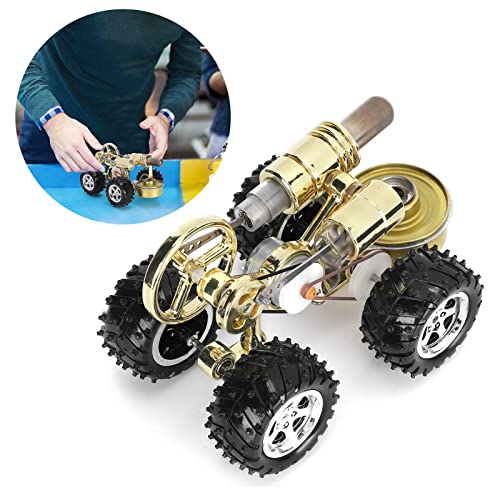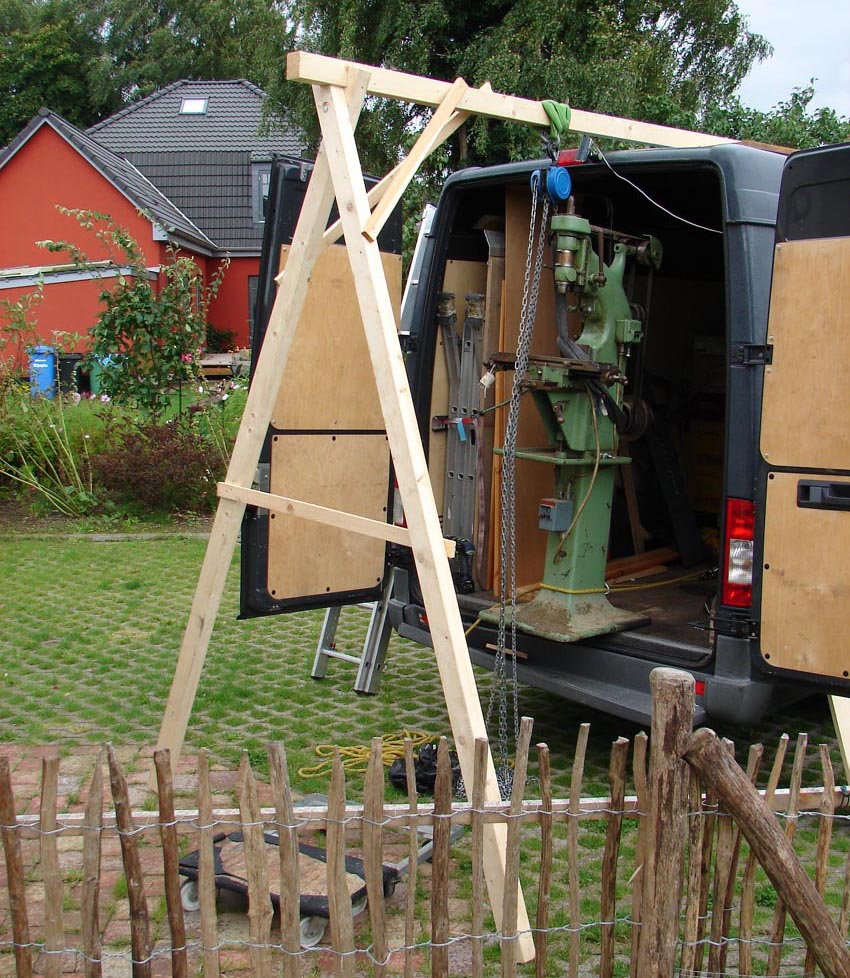Hi,
haven't posted anything of technical interest for a loooong time - sorry for that. I have a valid excuse though, bought some ground and had a company building a house on it.
I had to build the workshop/garden shed combination myself for money reasons. Took me a year and a half from buying the property - no steaming activity possible during that period unfortunately.
Now the main work is done, there are some puzzling rests of work to deal with of course, but ...
The new workshop has ~13 sqm enough space for the myford super 7 and the bf 16 optimum mill. I was never completely satisfied with that one though.
So I killed quite some time looking around on e-bay for a small, industrial milling machine. Not an easy thing to find, most of the machines are big and heavy which is a good thing for a milling machine but difficult when you have only a small workshop Not to mention the prices you have to pay for a machine in reasonable conditions
Not to mention the prices you have to pay for a machine in reasonable conditions 
Ended up with a charming (maybe) one hundred year old beauty standing in the driveway



haven't posted anything of technical interest for a loooong time - sorry for that. I have a valid excuse though, bought some ground and had a company building a house on it.
I had to build the workshop/garden shed combination myself for money reasons. Took me a year and a half from buying the property - no steaming activity possible during that period unfortunately.
Now the main work is done, there are some puzzling rests of work to deal with of course, but ...
The new workshop has ~13 sqm enough space for the myford super 7 and the bf 16 optimum mill. I was never completely satisfied with that one though.
So I killed quite some time looking around on e-bay for a small, industrial milling machine. Not an easy thing to find, most of the machines are big and heavy which is a good thing for a milling machine but difficult when you have only a small workshop
Ended up with a charming (maybe) one hundred year old beauty standing in the driveway






















![TurboCAD 2020 Designer [PC Download]](https://m.media-amazon.com/images/I/51UKfAHH1LL._SL500_.jpg)






























![DreamPlan Home Design and Landscaping Software Free for Windows [PC Download]](https://m.media-amazon.com/images/I/51kvZH2dVLL._SL500_.jpg)















![MeshMagic 3D Free 3D Modeling Software [Download]](https://m.media-amazon.com/images/I/B1U+p8ewjGS._SL500_.png)














